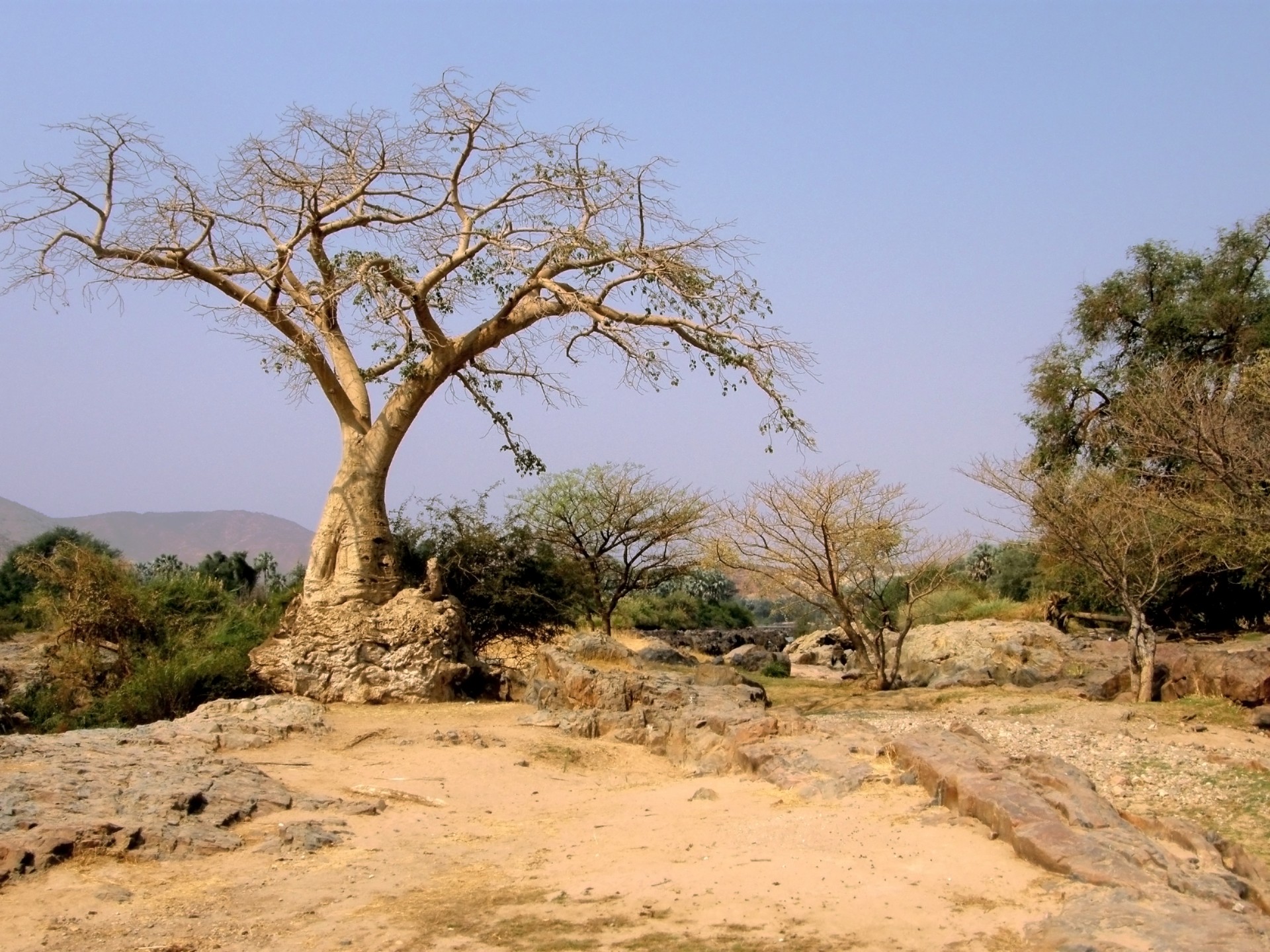
Have you ever wondered what are the names of the trees that live in the savannah? These plants are truly amazing, as they live in places where rainfall is so low that they often have no choice but to remain leafless during the driest season of the year. Some even take even more drastic measures: stop feeding one or more of their branches with the sole objective of saving water.
As the climate in this habitat is very characteristic, growing savanna trees is not always an easy task, as they are especially sensitive to overwatering and frost. But that does not mean that we cannot enjoy them in photos, although from here I encourage you that, if you have the opportunity, do not hesitate to see them visiting the landscapes where they live.
acacia tortilis
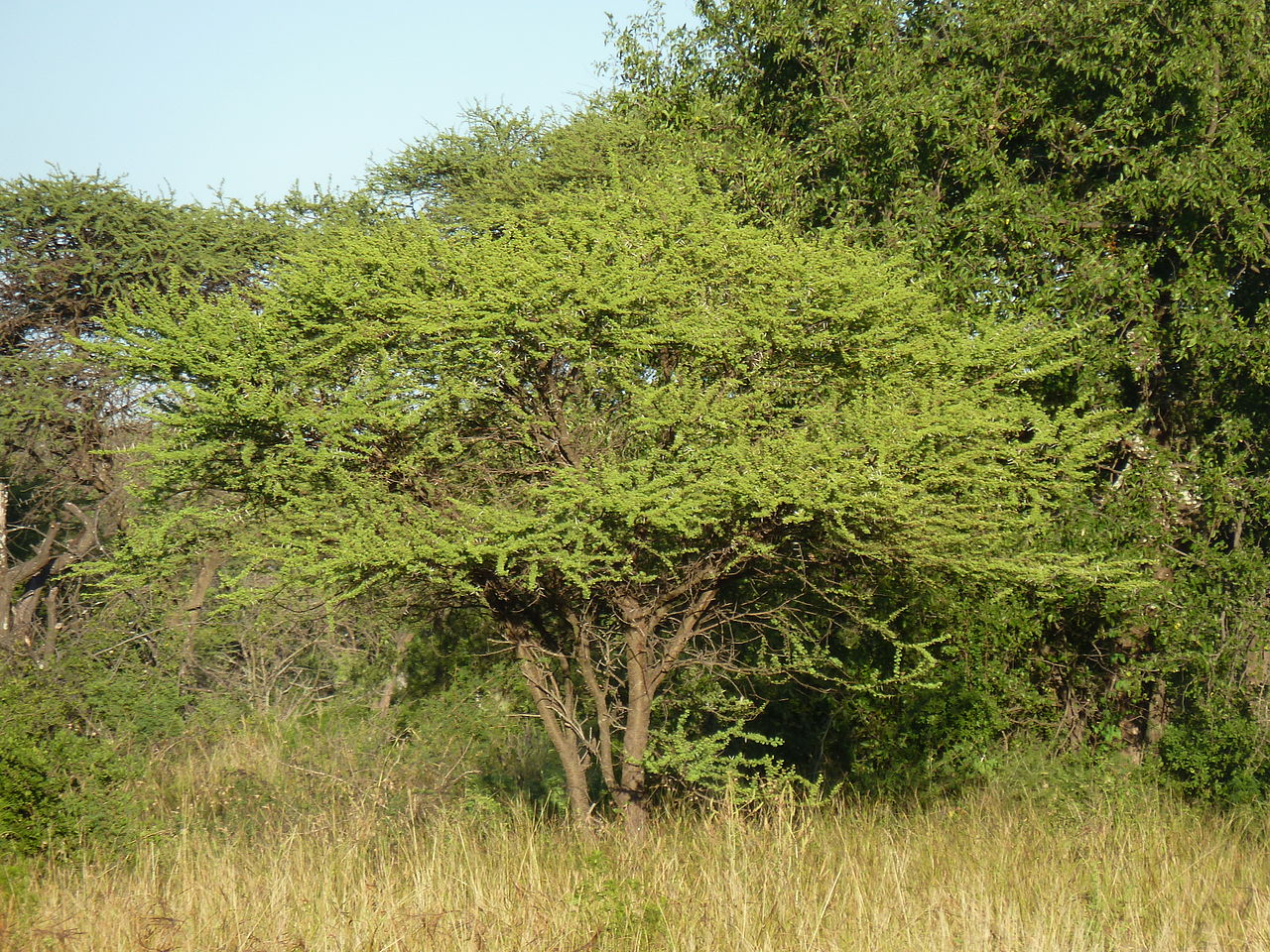
Image - Wikimedia / JMK
La acacia tortilis: flat-topped acacia, is the typical deciduous tree that appears in many images of the African savannah. Its crown is parasol, formed by numerous branches from which bipinnate leaves sprout. It is prickly, especially when young, in order to protect itself from predators. It can grow up to 14 meters in height.
In cultivation it is a plant that requires sun, and land that drains water well. But unfortunately does not support frost.
Adansonia digitata
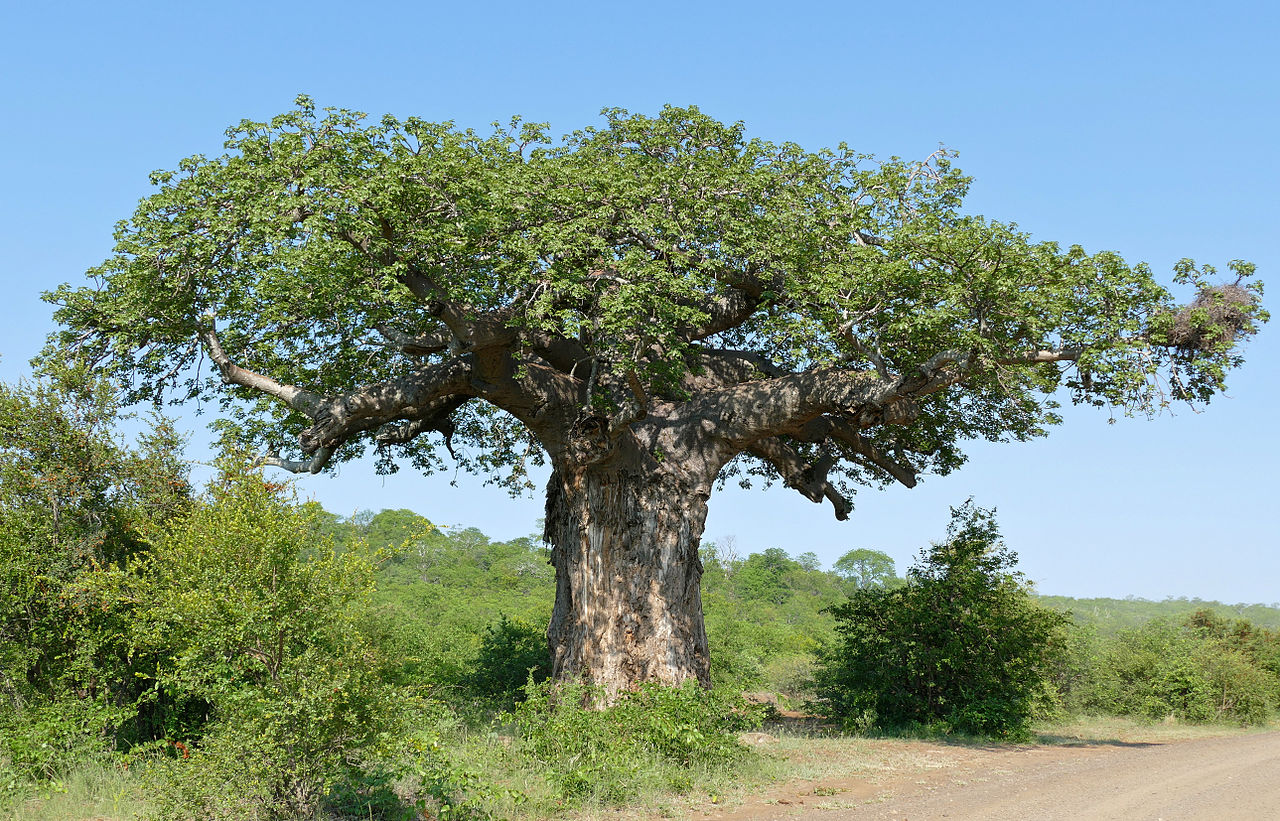
Image - Wikimedia / Bernard DUPONT from FRANCE
La Adansonia digitata, much better known as baobab or monkey breadfruit, is a deciduous tree endemic to the south of the Sahara (Africa). Its trunk can become very thick; in fact, its circumference can exceed 40 meters, and reach 25 meters high. The crown is highly branched, and green leaves and large white flowers sprout from it.
Cultivating it, and being successful with it, involves being quite aware of it. Its seeds germinate well if they are kept 24 hours in a thermos with hot water (about 40ºC), but the substrate must be very porous so that its roots can develop well. For this reason, it is advisable to have it on the cheek for example, and water it from time to time.
Yes, can't stand the coldSo if the temperature drops below 10ºC in your area, you will need protection.
albizia procera
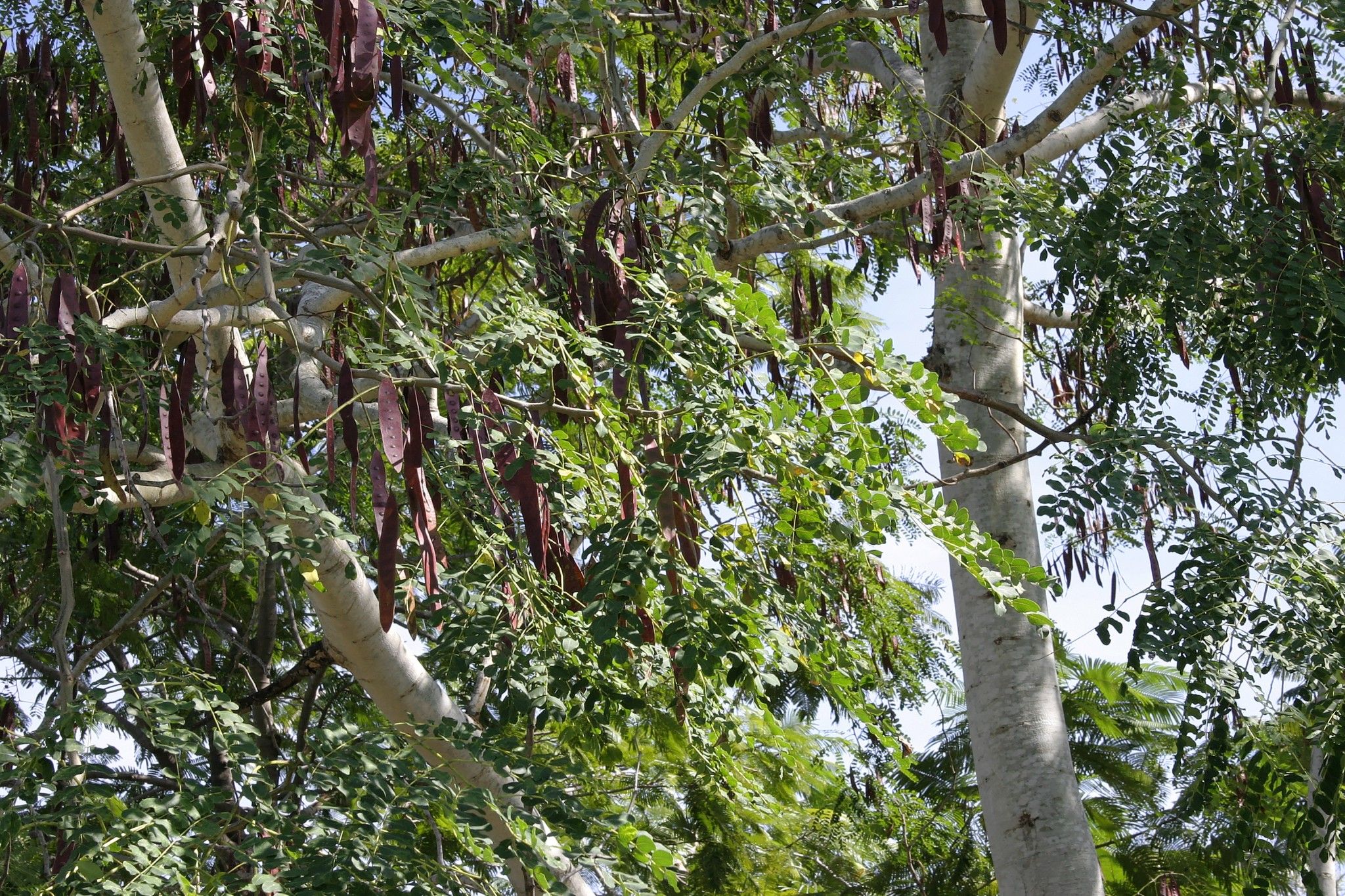
Image - Flickr / Tony Rodd
La albizia procera it is a deciduous tree that grows in Asia. Reaches a height of 25 meters, and its leaves are pinnate, with somewhat leathery leaflets. It produces whitish-yellow flowers and fruits (legumes) up to 15 centimeters long and up to 2,5 centimeters wide.
It is a good plant to grow in regions where there is little rain, as long as the earth drains the water well. It supports moderate frosts down to -7ºC.
sycamore figs
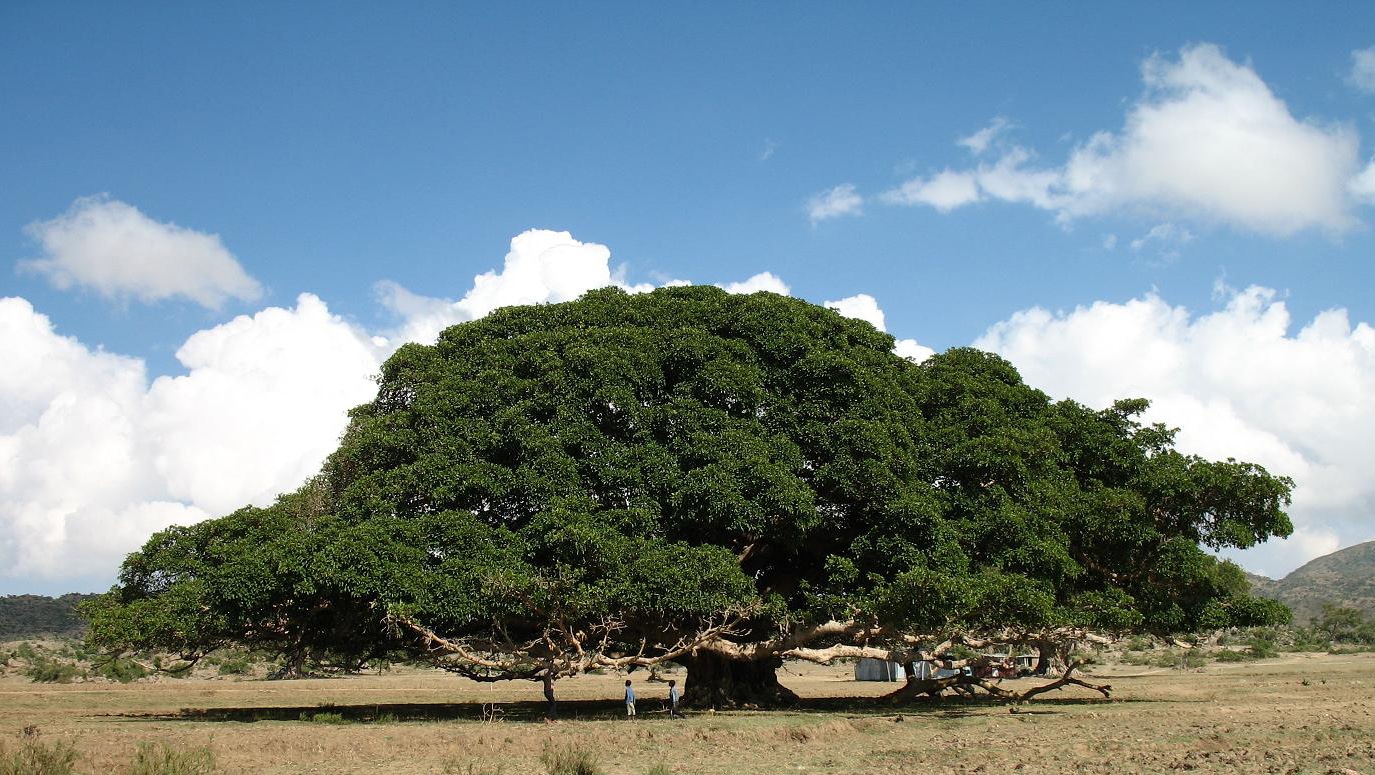
Image - Wikimedia / MPF
El sycamore figs, called sycamore or sycamore, is an evergreen tree that grows in much of Africa, southern Arabia, Cyprus and also in some parts of Madagascar. In the past it was appreciated in Egypt, but now it is difficult to find it there. Reaches a height of 20 meters, and has a wide crown. It produces edible figs of about 2-3 centimeters in diameter.
It is a beautiful tree capable of withstanding cold and weak frosts down to -1ºC.. But keep in mind that its roots require a lot of space for the plant to look splendid.
Haloxylon ammodendron
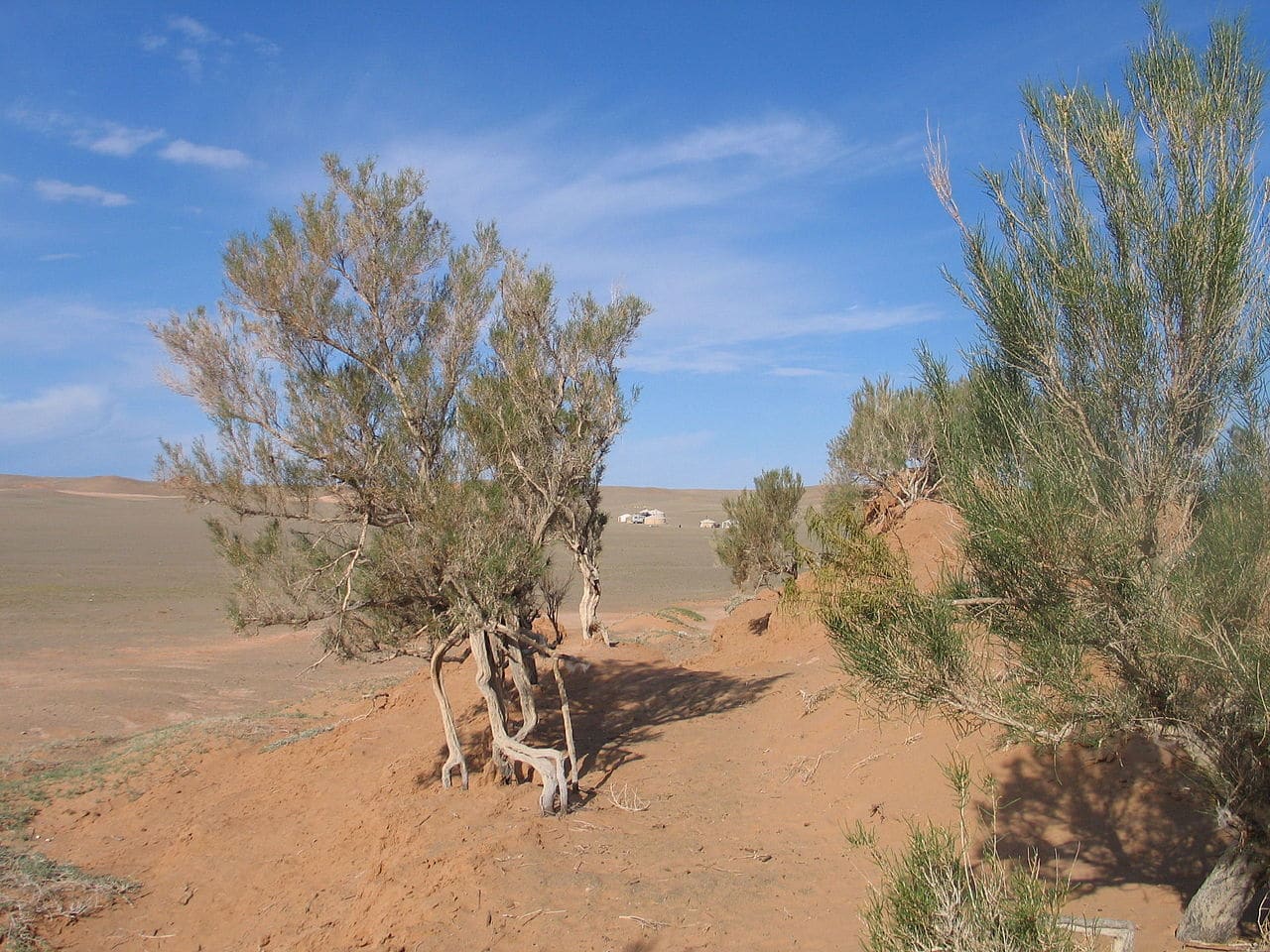
Image - Wikimedia / He-ba-mue
El Haloxylon ammodendron, popularly known as saxaúl or saksaúl, is a tree or small tree endemic to Central Asia, extending to the Gobi desert. It reaches a height of between 2 and 10 meters. The leaves are very small, in fact they are nothing more than cusp-shaped scales.
It is considered a species at risk of extinction, because in 2008, during the energy crisis that Central Africa suffered, many specimens were cut down to take advantage of their wood.
Pistacia Vera
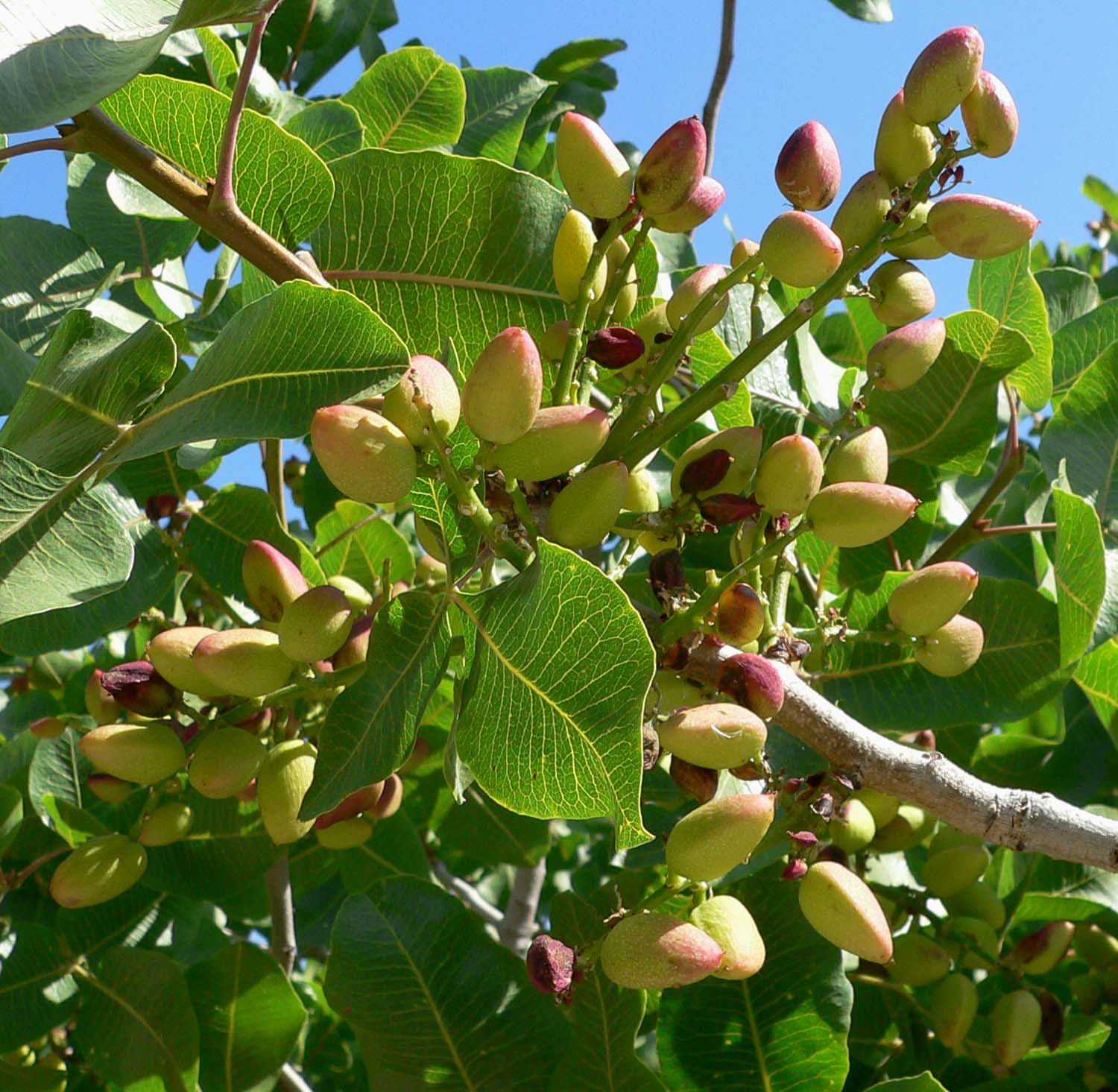
Image - Wikimedia / Stan Shebs
La Pistacia Vera: pistachio, is a deciduous tree native to western Asia that reaches a height of between 5 and 7 meters. Its leaves are pinnate, and sprout from a crown composed of numerous branches. The fruits are drupes of about 2-2,5cm, and dry.
It is an ideal plant for grow in hot, dry climates, since their water needs are low. In addition, it resists cold and frost down to -7ºC.
Soft tendons

Image - Flickr / manuel mv
El Soft tendons it is known as the pepper tree. It is an evergreen tree that grows in Peru, Argentina, Chile and Bolivia. Reaches an approximate height of 12 meters, but sometimes it can reach 25 meters. Its leaves are alternate, green, and pinnate, and produce globose fruits of about 6 millimeters in diameter.
Thanks to its adaptability and rusticity (it resists up to -7ºC), it has managed to become feral in other parts of the world, such as South Africa, Florida and Hawaii, where it has proven to be very harmful for the native plants of those countries. It is also widely cultivated in Spain, especially in the Mediterranean region, but it is a species that must be monitored due to its invasive nature.
Which of these savanna trees did you like the most?